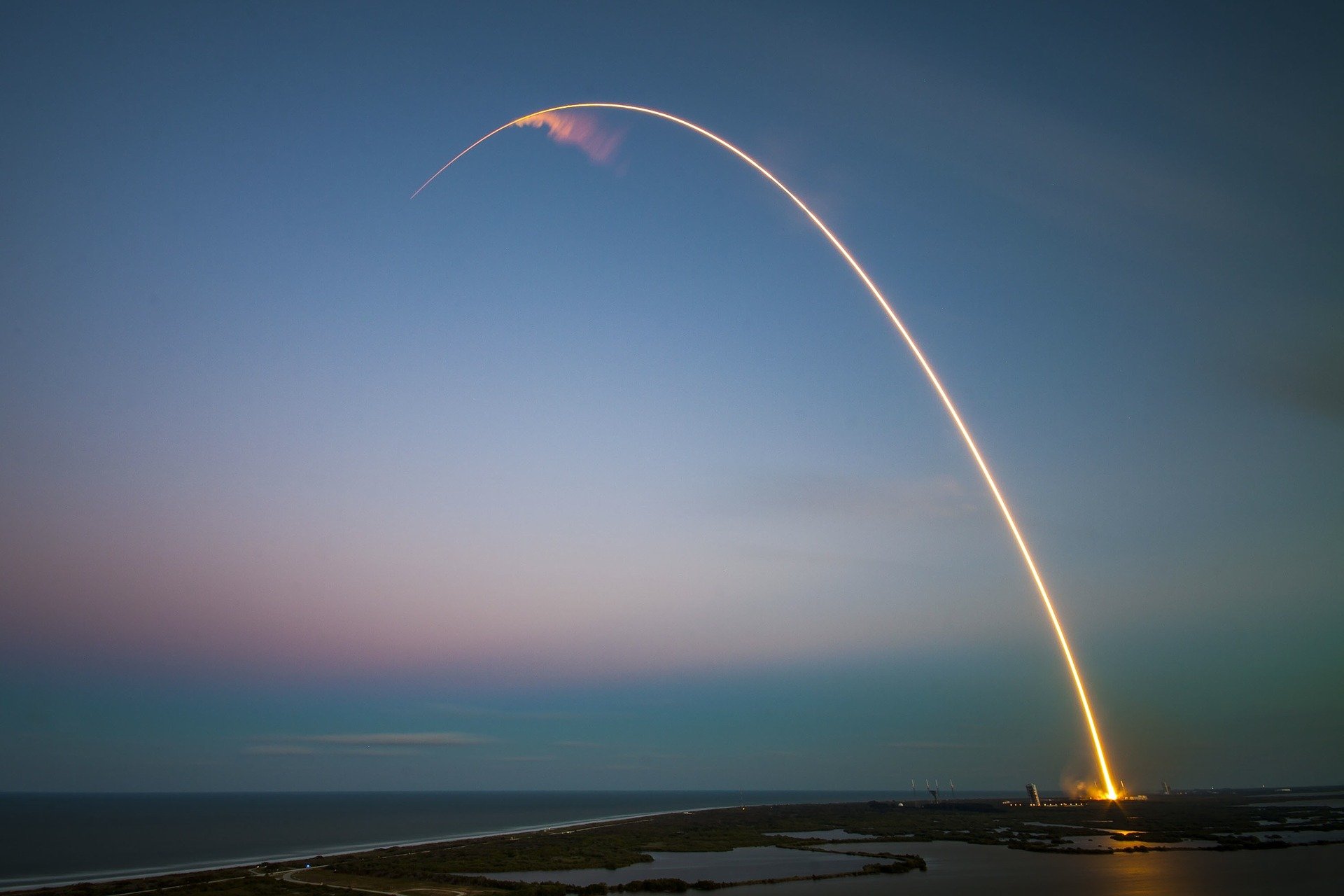Some major companies in the NewSpace sector are withstanding the economic consequences caused by the COVID-19 pandemic better than their small company competitors. Before the pandemic, many space startups with bold ideas could smoothly close rounds of investment funding. That doesn’t seem to be as impacted as one may have expected, however, unlike many small businesses, these venture-backed enterprises can’t rely on government funding through the CARES act and now many of them may have a challenging time gaining infusions from outside investors. A report by Quilty Analytics predicts that slightly “less than half” of the top venture capital-backed space businesses will survive the ongoing COVID-19 induced recession.
Given that the NewSpace sector now exceeds $420 billion and is expected to grow to $3 trillion by 2040, space leaders have an opportunity to play a major role in helping small businesses, both inside and, in some cases, outside the space sector, thrive in the aftermath of the pandemic.
Utilizing and Partnering with Small Businesses
Collaboration is essential as the NewSpace industry grows. Space agencies like NASA have been proactive in their support of small businesses. Recently, the agency invested $45 million in small enterprises to assist with space tech development. That’s evident as small businesses are at the center of NASA’s Artemis program to the Moon. Currently, small companies comprise two-thirds of the supplier companies (800 companies spanning 43 states to be exact) of the lunar mission’s construction development. According to the Small Business Administration, NASA directly administers $2.8 billion per year toward small businesses, while another $3 billion is subcontracted through larger companies.
Partnerships with small businesses are exceptionally crucial to the sector’s success as hired vendors provide experts in a sole region from propulsion mechanics to rover construction. Like NASA, listing an open vendor database helps both small companies who wish to conduct business and large-scale enterprises identify and seek out partnership opportunities.
Incubators and accelerator programs are dynamic in harnessing the talent available at smaller, innovative startups throughout the industry. They often provide business basics, networking and mentoring opportunities, venture capital or angel investment funding and training and leadership development, among other integral business strategies. The NASA Research Park, for example, provides an incubator program to 70 universities and industry partners. Other accelerators like Starburst offer facilities to startups like access to investors and financial support in various locations. Boeing Horizon X Ventures also helps startups thrive with financial support and networking. As we see the pandemic hit on smaller companies, large scale companies should consider magnifying their capabilities of offering support and feedback.
Jason Alfrey, the Sales and Technical Director of Vacuum Technology Incorporated, says, “Getting human beings into outer space and back again requires contributions from every industry. We need special textiles, HVAC systems, food containers; you name it. Any small business that’s exceptional at their craft has the opportunity to contribute to this massive endeavor.”
Innovative Technologies Support Small Business Everywhere
Technologies developed by the space sector can also improve and support small business performance. Within the space sector, especially, small businesses can also provide technologies to support major space-based projects.
Major agencies like NASA have developed technologies over the years that have helped several industries, including small businesses, thrive. For instance, medical equipment designed in space is now used in healthcare. Bioreactors are used to develop new drugs and arthroscopic surgery tools, which NASA invented with medical devices engineers at private companies in the 1990s.
In other areas, their Proportional Integral Derivatives (PID), a tool to automate manual tasks, was repurposed by cafes to create and maintain a reliable operation procedure. Compass Coffee in Washington D.C. uses PID for consistency and precision roasting so that the flavor in every cup of coffee poured stays fresh.
Satellite technology is also becoming an innovation to help the sector’s small business — and businesses in other industries — flourish. For instance, hedge-fund managers can estimate how much revenue Target will report by counting the cars in their parking lots. Farmers can use customized hyperspectral imaging to monitor if their crops are failing. Petroleum companies can get alerts on pipeline leaks through geospatial imaging.
We also see how larger agencies like NASA and smaller companies like Flometrics team up through a loan to create a cooling system, ChillDyne, which helps regulate computer temperature. Not only has this helped data departments in companies worldwide, but the progress continues today as the innovation runs 18 full-scale cooling systems at three massive data centers, including Sandia National Laboratories.
The democratization of space is an evolving phenomenon and, as such, requires introducing new actors and business opportunities to smaller startups. As we see the symbiotic relationship between small businesses and larger space companies grow, the latter must remain aware that investing in the talent with professional and financial support is vital as we weather the storm through rough economic terrain. Having more businesses involved in space can potentially make the industry safer and cheaper for everyone. Without individual innovators, start-ups, and business owners/operators who comprise our national economic landscape, we can’t reach our true potential as an industry.






